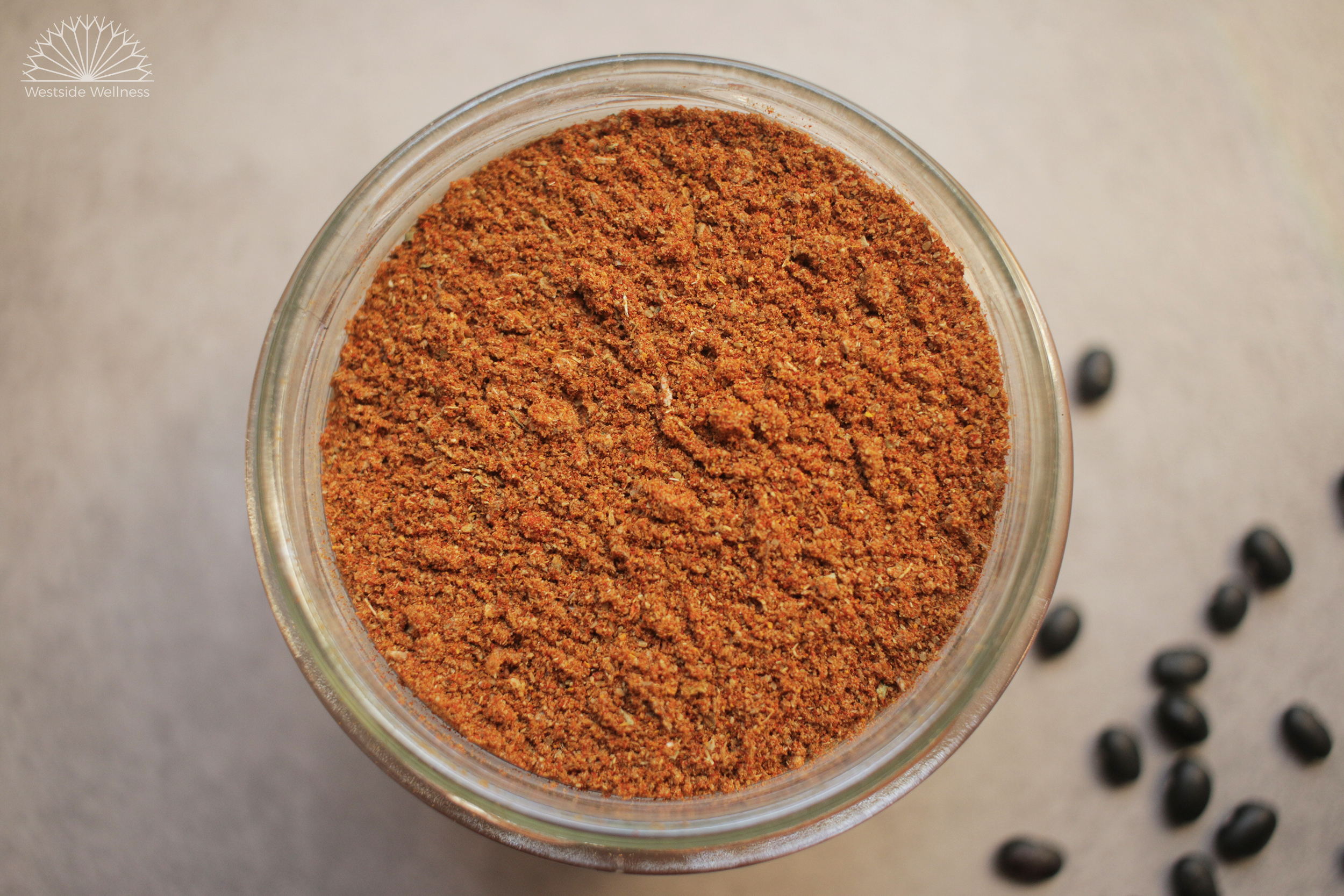I think its easy to say that we've all heard the drill about how good bone broth is for digestive health and assisting with gut healing. At Westside Wellness, we regularly recommend consuming bone broth to our clients and have our own bone broth recipe here. If you're vegan or vegetarian or don't really want to cook with bones, you might be wondering if there's something you can have that covers so of the many food as medicine bases that bone broth does, and the answer is yes you can!
HEAL YOUR GUT WITH FOOD
Part of why we love bone broth so much is that it's a natural source of collagen. Our bodies contain significant amounts of collagen (around 1/3 of our body is collagen), and we need it for making and maintaining connective tissue. One reason collagen is useful for improving digestion is that it improves the production of gastric acid. The other reason, is that it contains the amino acids glutamine, proline and glycine, which are required for repair and rebuilding the gut lining. While collagen is only found in animal foods, there are many plant based foods that contain those amino acids found in collagen, required for gut healing. There are also many plant based foods that contain other important nutrients for gut health and boosting immune function so that your body can heal itself.
Here's a little about all the nutrients that you'll find in this broth and what they can do for digestion and gut healing.
GLUTAMINE
Acts as a natural fuel for the intestines, assists with the regulation of cells and their growth, and therefore repair of cells in our gut, and reduces inflammation. Glutamine is found in plant based foods such as legumes (lentils, beans, peas) and veggies like spinach, parsley, cabbage and beetroot.
PROLINE
Assists with formation of collagen, wound healing, formation of connective tissue and regeneration of cartilage. Plant based sources of proline include cabbage, legumes (especially beans and chickpeas), buckwheat, alfalfa, peanuts and asparagus.
GLYCINE
As with the above, glycine is an important component of collagen. It also assist with improving digestion via its role in the production of bile, which is needed for fat breakdown. Plant based sources of glycine include legumes, spinach, kale, cauliflower, banana and kiwi fruit.
VITAMIN C
Vitamin C is required for the production and storage of collagen. It also acts as an antioxidant and anti-inflammatory agent, both of which are critical with damage or inflammation in the gut. Vitamin C is abundant in plant based foods and particularly good sources include citrus, berries, capsicum, parsley, kale and broccoli.
ZINC
Zinc is also required for the production of collagen, but also assists with reducing inflammation, boosting immune function and also acts an an antioxidant. Zinc is found in many plant based foods, including sunflower and pumpkin seeds, spinach, whole-grains, legumes and mushrooms.
ADDITIONAL PLANT BASED FOODS FOR GUT HEALING
As you can see from the above, there are many plant based foods that contain the nutrients required for gut healing, and many of these foods are in this broth, or can be added to meals that contain the broth to enhance its gut healing properties. I've also included a couple of other food as medicine goodies that add more power to this gut healing broth:
SHIITAKE MUSHROOMS
Shiitake mushrooms are a potent source of amino acids (particularly lysine and leucine), polyunsaturated fatty acids, B vitamins, vitamin C and zinc. Shiitake, and other medicinal mushrooms, have been traditionally used for their immune-modulating/enhancing and their ability to enhance immune function and destroy cancer cells has been well documented and researched.
ONIONS, GARLIC AND GINGER
Onions and garlic are a rich source of flavonoids, which act as antioxidants and assist with reducing inflammation. They are also loaded with a special type of dietary fibre (inulin) that acts as a prebiotic, helping to feed our gut bacteria. Both onions and garlic naturally antibacterial/microbial which is beneficial in improving gut health/healing where pathogenic bacteria or parasites might be involved. Ginger is a potent anti-inflammatory food and also improves digestion by increasing the production of gastric acid and soothing and calming inflamed or irritated guts.
MISO
Miso is a salty paste made from fermented soy beans, rice or barley, or a combination of these. Due to the fermentation process, it is a great source of beneficial bacteria and a great addition to a gut loving diet. It is also a particularly good source of nutrients, including B vitamins, manganese, copper, zinc and protein.
Prep time: 10 minutes
Cooking time: 2-6 hours
Serves: 4-8 (depending on how you use it)
















